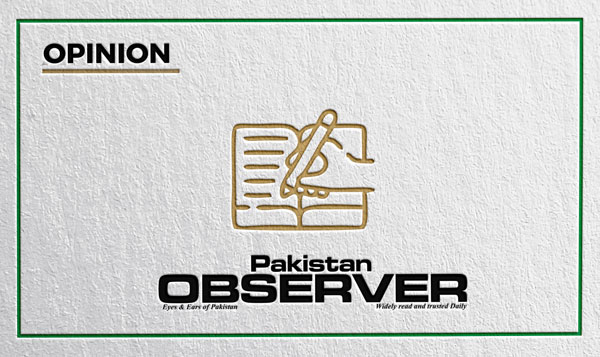Articles and letters may be edited for the purposes of clarity and space.
Ticking bomb
Human resource management (HRM) in Pakistan faces significant challenges, particularly concerning the underutilization of the country’s youth demographic. This is a cause for concern given the substantial portion of the population under the age of 30, representing a significant demographic divide. According to the United Nations Development Programme’s (UNDP) National Human Development Survey, Pakistan currently holds the highest proportion of young people, as 64% of the total population of Pakistan is below the age of 30 while 29% is between the ages of 15 to 29 years.
The World Bank indicates that Pakistan needs to create approximately 1.3 million jobs annually to effectively absorb new entrants into the labour market. Unfortunately, the current job creation rate falls short of this target, exacerbating the challenges faced by the youth. Without adequate opportunities for employment and economic participation, young people run the risk of becoming disillusioned, potentially leading to increased social unrest and radicalization. Additionally, an underemployed youth population can strain social services and welfare systems over time.
Failure to address this issue turning the country’s demographic potential into a burden that Pakistan may struggle to bear. To combat this, urgent and decisive action is necessary. Investments in education, vocational training and entrepreneurship programs are vital to equip the youth with the skills demanded by the job market. Pakistan must also create an environment conducive to business growth and job creation to absorb the growing youth population.
The consequences of inaction are far-reaching. Not only does it threaten economic growth, but it also jeopardizes social stability. Pakistan must recognize the urgency of the situation and prioritize initiatives that directly address the challenges faced by its youth. By investing in the youth today, Pakistan can ensure a prosperous and stable future for the nation as a whole.
TOUSEEF A BOUK
Larkana
Positive approach
On March 4th, in the National Assembly, Bilawal Bhutto Zardari’s speech left a deep impression on me. I listened attentively and found it remarkably sensible. He advocated for dialogue with the opposition and emphasized the importance of displaying sportsman spirit in politics. His mature articulation of thoughts suggests a collaborative approach towards positive politics.
In the realm of politics, it’s rare to witness such sportsman spirit. Politicians often struggle to accept defeat gracefully. Bilawal Bhutto’s call for dialogue and cooperation is a refreshing change. Despite this, criticism seems to be the norm rather than acceptance when someone presents a sensible approach. Bilawal Bhutto’s efforts to engage the youth in parliamentary affairs are commendable.
In my view, Bilawal Bhutto is on the right track. His invitation to the opposition for dialogue should be accepted. I appreciate his positive demeanour in Pakistani politics which has been fraught with challenges. His initiative brings hope for a more constructive political landscape.
AREEBA ALTAF
Larkana









